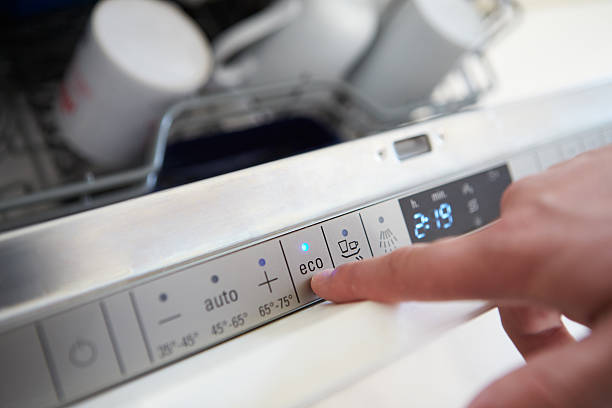In recent years, the focus on sustainability has grown, leading many households to shift towards eco-friendly alternatives. While the initial cost of sustainable products might seem higher, the long-term benefits often outweigh these upfront expenses. Not only do these items help reduce your carbon footprint, but they can also lead to significant savings over time. Here’s how you can embrace sustainable household items and save money in the process.
1. Invest in Reusable Products
One of the simplest ways to make your home more sustainable is by switching to reusable products. Items like cloth napkins, stainless steel water bottles, and silicone food storage bags may have a higher initial cost, but they quickly pay for themselves. For instance, a single set of reusable shopping bags can replace hundreds of plastic bags, saving both money and reducing plastic waste.

Money-saving tip: Look for multi-packs or buy in bulk to reduce the per-item cost. Also, consider investing in high-quality items that will last longer and avoid the need for frequent replacements.
2. Opt for Energy-Efficient Appliances
Energy-efficient appliances, such as refrigerators, washing machines, and light bulbs, use less electricity, which can lead to substantial savings on your energy bills. Although these appliances might be more expensive upfront, the savings over time make them a wise investment.

Money-saving tip: When purchasing energy-efficient appliances, look for sales, rebates, and tax incentives that can help offset the initial cost. Additionally, always check the energy star rating to ensure you're getting the most efficient model.
3. Switch to Eco-Friendly Cleaning Products
Conventional cleaning products often contain harsh chemicals that are harmful to both your health and the environment. Switching to eco-friendly cleaning solutions, such as those made with natural ingredients like vinegar, baking soda, and essential oils, can be a more sustainable and cost-effective choice.

Money-saving tip: Make your own cleaning products at home. DIY cleaners are not only cheaper, but you also have control over the ingredients, ensuring they're safe for your family and the planet.
4. Use Sustainable Kitchenware
Transitioning to sustainable kitchenware, such as bamboo or stainless steel utensils, cast iron skillets, and glass containers, reduces waste and can be more durable than plastic alternatives. These items are often designed to last longer, making them a better long-term investment.

Money-saving tip: Check second-hand stores, thrift shops, or online marketplaces for gently used sustainable kitchenware. You can often find high-quality items at a fraction of the cost.
5. Buy in Bulk
Purchasing items like grains, nuts, and cleaning supplies in bulk reduces packaging waste and is often cheaper than buying smaller quantities. Many stores now offer bulk sections where you can bring your own containers, further minimizing waste.

Money-saving tip: Plan your purchases carefully to avoid overbuying and potential waste. Consider splitting bulk purchases with friends or family if you don’t need large quantities.
6. Embrace Solar Energy
Solar energy is one of the most sustainable ways to power your home. While installing solar panels can be a significant investment, they can drastically reduce or even eliminate your electricity bills over time.

Money-saving tip: Research government incentives, rebates, or financing options that can help reduce the upfront cost of solar panel installation. Also, consider starting small, such as using solar-powered outdoor lights, to gradually transition to solar energy.
7. Practice Water Conservation
Simple changes, like installing low-flow showerheads and faucets, using a rain barrel for gardening, and fixing leaks promptly, can significantly reduce your water usage. This not only helps conserve a precious resource but also lowers your water bills.

Money-saving tip: Many water-saving devices are inexpensive and easy to install yourself, saving you money on both the product and potential professional installation fees.
8. Repurpose and Upcycle
Before throwing out old furniture, clothes, or household items, consider how they might be repurposed or upcycled. Turning an old dresser into a new TV stand or using fabric scraps to make reusable cloth bags are just a few examples of how you can give new life to old items.

Money-saving tip: Explore online tutorials and DIY projects that show you how to upcycle items you already have. This not only saves money but also adds a personal touch to your home.
